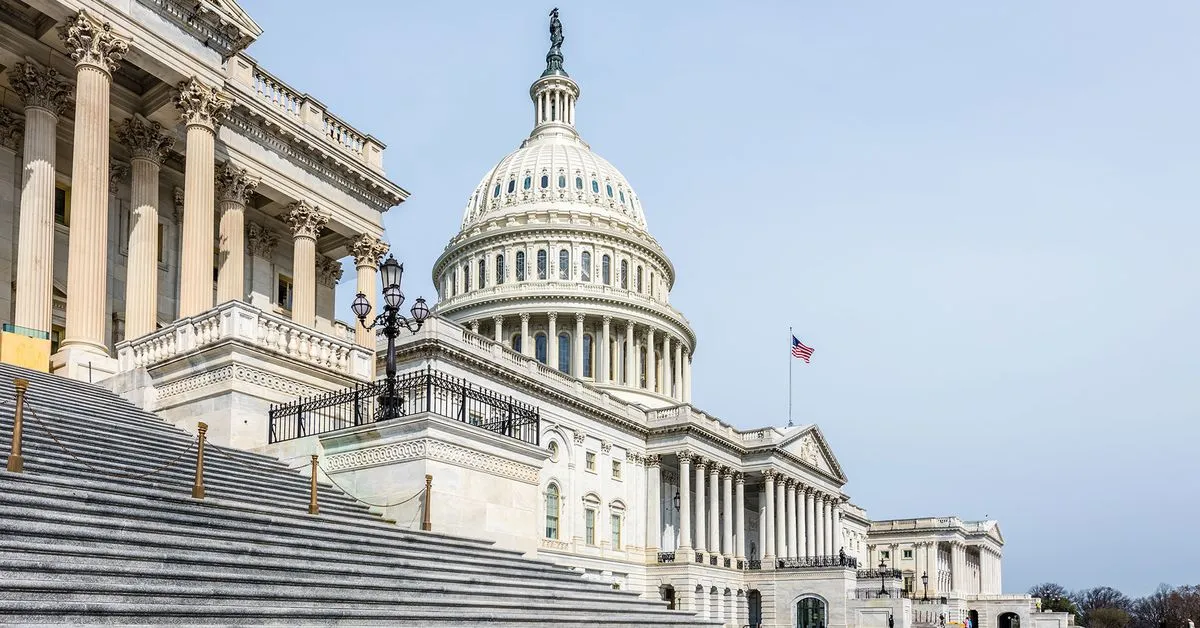This means the United States, after years of inaction, now faces a historic opportunity to expand the reach of the dollar and financial access, both here and globally, said Austin Campbell, founder and managing partner of Zero Knowledge Consulting and an adjunct Professor at Columbia Business School. Every dollar that flows into stablecoins is funding for the U.S. Treasury at a time when we desperately need it.
The Clarity for Payments Stablecoins Act of 2023 (H.R. 4766) passed out of committee with a bipartisan vote and now heads to the floor of the House for consideration. This bill will provide federal regulatory clarity for stablecoins, which are the representation of a unit of fiat currency on a blockchain. It will also define safe, stable reserves for a stablecoin that are not a threat to financial markets.
Non-U.S. jurisdictions have already taken advantage of this innovation, with Singapore granting a payments license to Circle and First Digital launching a USD stablecoin in Hong Kong. Tether, which has existed in amorphous offshore form since 2014, now controls $80 billion in assets and recently reported profits for Q2 of more than $1 billion.
The decision we face in the United States is not ‘Yes’ to stablecoins vs. ‘No’ to stablecoins. It is ‘yes’ to stablecoins vs. ‘yes’ to stablecoins offshore, said Campbell. Onshore stablecoins, where the United States regulates the issuer, means that we will have the ability to perform client due diligence and understand money flows on every individual and corporation engaging in the minting or burning of the stablecoins, giving us concrete knowledge of the starting point and ending point of every transaction that touches traditional dollar rails after being on a blockchain.
The US must act now to embrace stablecoins and unlock financial access. If H.R. 4766 is passed, the United States will have a regulatory framework that is likely best-in-class globally. Stablecoins will have federal recognition, with smaller projects able to be regulated at the state level allowing for experimentation, but larger projects eventually being drawn into the federal regulatory apparatus.
